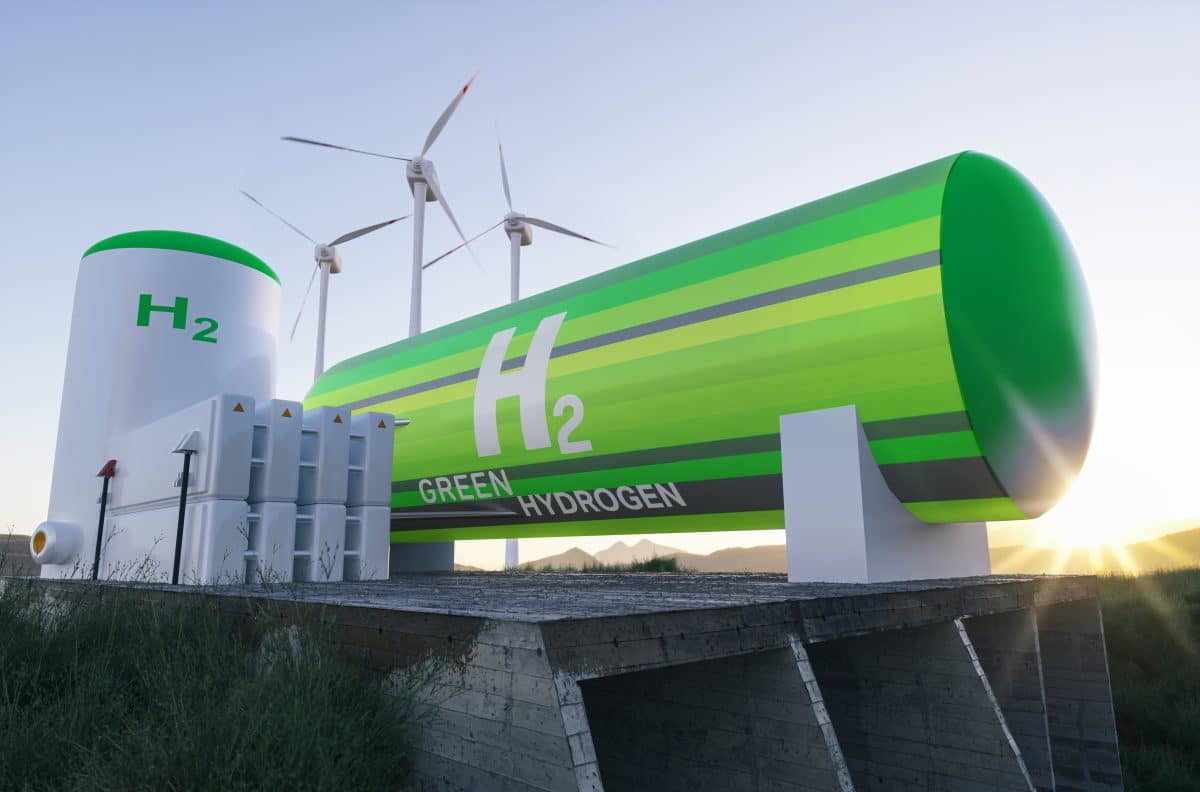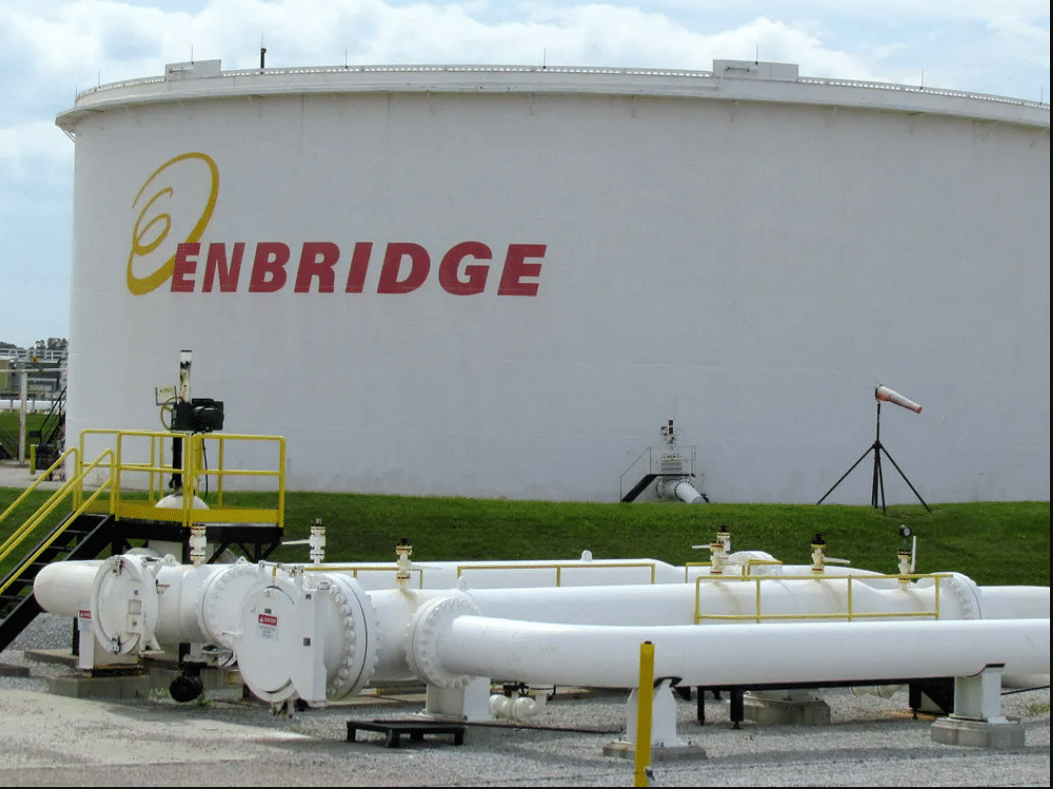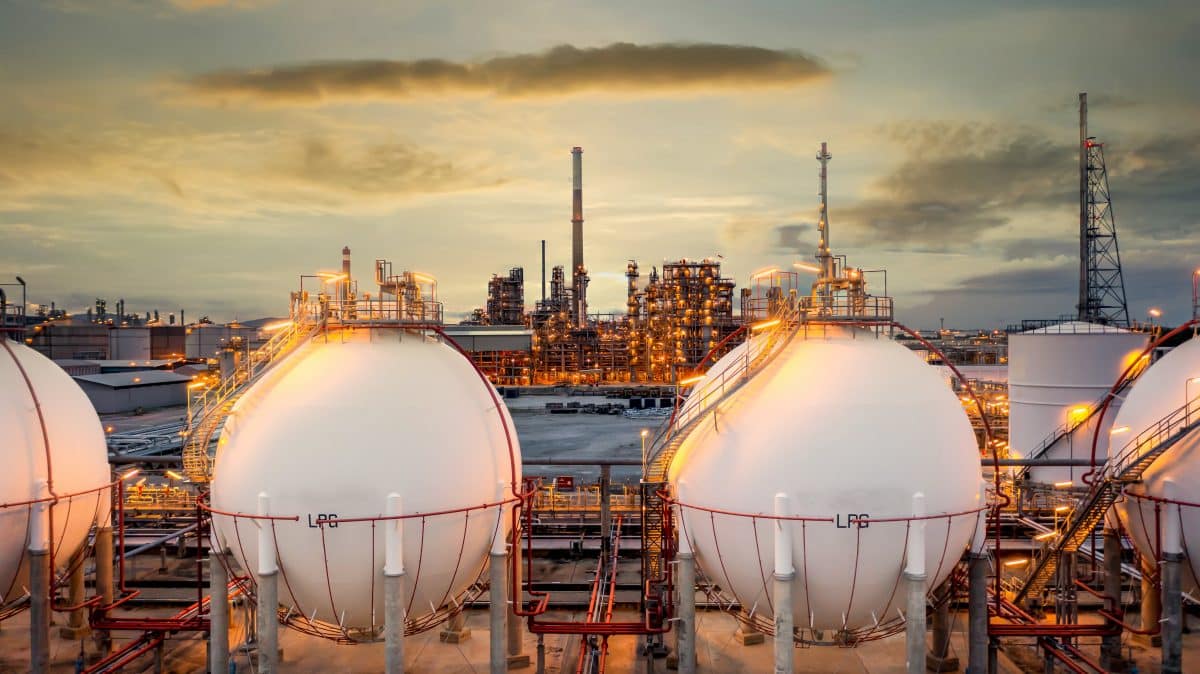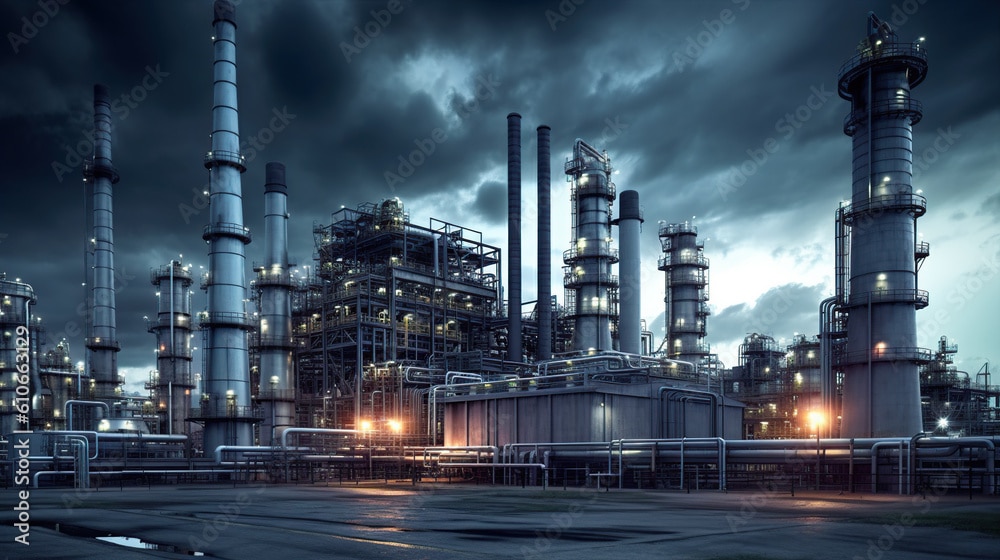By Patrick Kulsen, CEO, Insights Global
As the global push for decarbonization accelerates, clean ammonia has emerged as one of the most promising hydrogen carriers. Yet, beneath the optimism lies a complex and uneven market landscape—especially for those in the tank terminal industry.
During the Clean Ammonia Storage Conference in March 2025, we shared critical insights on the current state and future of clean ammonia, with a focus on storage dynamics. Here’s what tank terminal professionals need to know now.
Clean ammonia today: trade is decreasing
Ammonia is primarily used in fertilizer production—but clean ammonia (produced with renewable energy or low-carbon hydrogen) is increasingly eyed for applications in power generation, shipping fuel, and as a key enabler of the hydrogen economy.
Global demand has remained stable, with significant import needs across Asia, North-Africa, Europe, and North America. Independent storage infrastructure is still small compared to global trade of 15Mton. Our research shows that current global ammonia tank terminal capacity sits at approximately 1.35 million cbm, with Europe holding the largest share.
Trade flows are evolving—but terminal readiness is uneven
Ammonia trade flows remain concentrated, with major exports from countries like Trinidad and Tobago, Saudi Arabia, and Indonesia. Imports are dominated by India, Morocco, and the U.S.. This concerns mainly gray ammonia, produced from fossil fuels. The big promise is the development of green ammonia supply chains as part of the energy transition.
However, many planned terminal projects, aimed at facilitating these green ammonia flows, remain in early development stages—often lacking final investment decisions (FIDs), clear start dates, or capacity details. According to plans a wave of projects will come online between 2026 and 2030, adding at least 0.9 million cbm of capacity, particularly in Europe.
Market headwinds: Project realization rates are low
Despite aggressive decarbonization goals, less than 10% of green ammonia and hydrogen projects have been realized so far. Why? High production costs, limited offtake commitments, and an overall lack of willingness to pay premium prices.
Adding to the challenging investment environment is the recently installed Trump administration which is reshuffling priorities away from the energy transition to “drill-baby-drill”.
For tank terminal stakeholders, this translates into uncertainty—but also opportunity. The market may be slower than hoped or go in other directions, but those who anticipate infrastructure needs now stand to benefit most when momentum returns.
What’s next for tank terminals?
Terminal operators should carefully monitor developments in:
- Green corridors for maritime shipping
- Industrial hubs planning hydrogen/ammonia integration
- Emerging regulations supporting clean fuel mandates
Storage players with flexibility and the ability to scale quickly will be best positioned to support the evolving ammonia supply chain.
Get the tools to stay ahead
At TankTerminals.com, we track ammonia terminal projects worldwide—planned, operational, and everything in between. Our platform gives professionals a data-driven edge in planning, benchmarking, and opportunity spotting.
👉 Start your free trial today and see how our research tool can support your ammonia market strategy.







